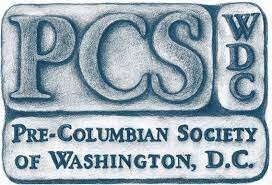For those of us lucky enough to visit Juchuy Qosqo, Pisac, Chinchero, Ollantaytambo, and Machu Picchu, these sites provide some of our most impressive and memorable experience of Inka culture. This is no accident: Inka rulers selected these places to be palaces and ritual centers, where fine buildings and audacious landscape planning of ‘private’ royal estates aimed to impress visitors, display power and secure resources for the Inka and his lineage. This was not a Terra Nullius - the land for Inka royal estates was taken from conquered or assimilated ethnic groups whose huacas became the focus for Inka rituals. In this talk I will consider the history and function of Inka royal estates in relation to work with my colleagues Alexei Vranich and Dennis Ogburn on the sequence of construction and structure of the Imperial Capital, Cuzco.
Bill Sillar is a senior lecturer at the Institute of Archaeology, University College London (UCL). After a PhD at Cambridge and teaching at the University of Wales, he has been at UCL since 1998. Dr. Sillar first worked in Peru in 1982 on the Cusichaca project, and although he has also worked in England, Scotland, France and Italy, the Andes remains his primary regional focus. Ethnographic research has included comparative studies of pottery production, trade and use in Peru and Bolivia, as well as work on building construction and household ritual practices. An archaeological project based around Raqchi, Dept. of Cuzco, Peru, investigated the impact of successive expansionist states (Wari, Inka and Spanish) in the development of the temple complex and modern village. More recently he has been studying changes in the organization of pottery production, stone-working and monumental architecture in the Cuzco region during the emergence of the Inka Empire.

